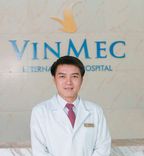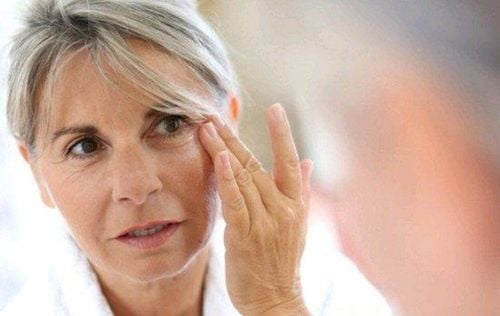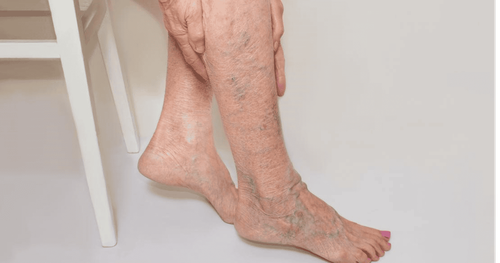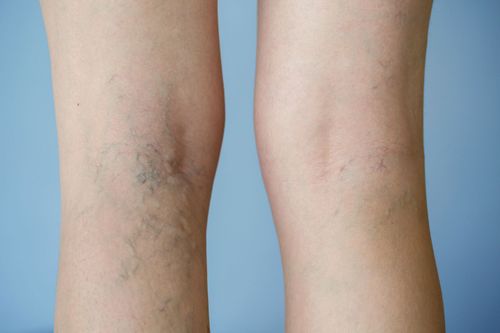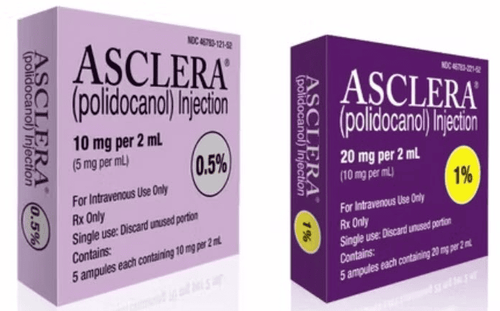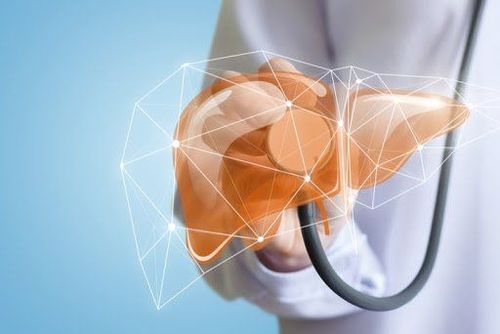This is an automatically translated article.
The article was professionally consulted by Specialist Doctor II Lai Thi Nguyet Hang - Department of Obstetrics and Gynecology - Vinmec Ha Long International Hospital.Varicose veins are veins that are larger than normal and usually appear in the legs and feet. They happen when the valves in the veins don't work as they should, so blood doesn't circulate as efficiently.
Varicose veins rarely need treatment for health reasons, but if there is swelling, and pain in your legs, and if there is a lot of discomfort, you should get treatment as soon as possible. There are various treatment options available, including several home remedies. In severe cases, varicose veins can rupture, or develop into varicose ulcers on the skin. These will require treatment in medical facilities. This article will provide you with useful information about some measures to treat varicose veins in mothers after childbirth.
1. I had varicose veins during pregnancy. Will this be normal after I have a baby?
Women after giving birth are very susceptible to varicose veins because during pregnancy, the hormones secreted during pregnancy will soften and dilate all organs including leg veins. Along with the growing embryo taking up most of the abdominal cavity, it directly presses on the veins in the abdomen, thereby blocking the blood circulation of the leg veins and increasing pressure on the leg vein wall, when the The vessels that cannot overcome the pressure will easily dilate and cause edema due to osmotic fluid from the vessel lumen to the surrounding tissues.Varicose veins include varicose veins of the arms, legs or face... they tend to improve once your pregnancy is over, usually within three to four months after you give birth, although sometimes it takes more time. However, you're less likely to see them shrink as much if you've had varicose veins before you became pregnant, have had multiple pregnancies, have a family history of varicose veins, are overweight or obese, or have a standing job. for a long time.
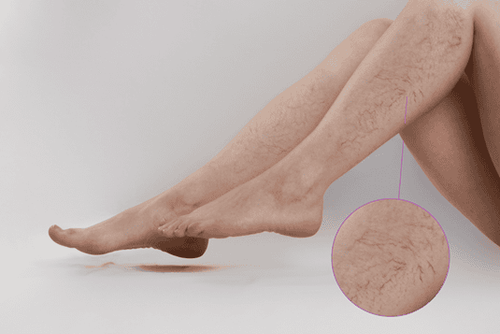
Mothers can also experience spider veins during pregnancy. These small vessels close to the skin most often appear on the ankles, on the legs, or on the face. They are called spider veins because they often have a spider web or sunbeam pattern with small branches radiating from the center or sometimes they look like tree branches or separate small straight lines without specific pattern. Spider veins are not uncomfortable, they usually disappear completely after birth.
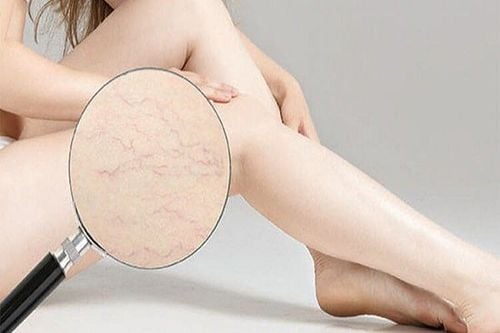
2. What can I do to minimize varicose veins?
Mothers can refer to the following suggestions to minimize varicose veins:Exercise daily. Even just taking a brisk walk around the house can help with your blood circulation. Elevate your legs whenever possible. Use a stool or box to put your feet up when you sit and elevate your legs on pillows when you lie down. Do not cross your legs or ankles when sitting. Do not sit or stand for long periods without taking a break to move. Use special socks. Adjustable compression socks, twice as thick as regular ones, would be the best choice. These socks are available from medical equipment stores and pharmacies. They are tight at the ankle and looser at the top, allowing blood to flow more easily to your heart. As a result, they help prevent swelling and may prevent your varicose veins from getting worse. To treat varicose veins, put on socks before you get out of bed in the morning and wear them all day even when you lie down. They can be uncomfortable, especially in hot weather, but having varicose veins is much more uncomfortable. Massaging the feet with diluted essential oils or moisturizers in the affected areas of varicose veins can keep blood moving better in the veins, which can help relieve leg pain and reduce leg swelling, or edema due to varicose veins. If you are overweight or obese, talk to your health care provider about a safe postpartum weight loss plan for you and your baby. You can do light exercise choosing low-stress, no-gain forms of exercise. pressure on the legs, so don't do sports such as aerobic exercise, weightlifting, running... Should walk, cycle, swim, that will help venous blood flow from the legs to the heart easily more easily, reducing clinical symptoms. It is essential to keep the ankle moving continuously. When exercising, you should not hold your breath because holding your breath increases blood pressure. Some yoga poses are also good for varicose veins such as cobra pose, banana pose, candle pose, plow...
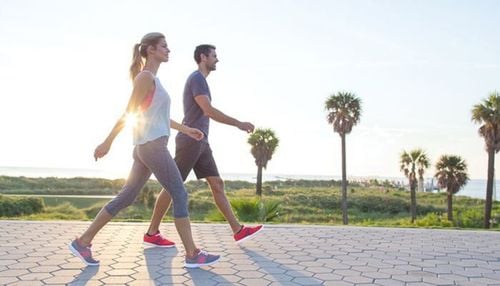
Trắc nghiệm: Những điều cần biết về kiêng cữ sau sinh
Sau sinh, cơ thể sản phụ sẽ có rất nhiều sự thay đổi, việc thực hiện tốt các kiêng cữ sau sinh và bổ sung đầy đủ các chất dinh dưỡng cho cơ thể sẽ giúp ích rất nhiều trong quá trình hồi phục sức khỏe. Bài trắc nghiệm dưới đây sẽ giúp mọi người có cái nhìn tổng quan về kiêng cữ sau sinh và thực hiện sao cho phù hợp nhất.The following content is prepared under supervision of Thạc sĩ, Bác sĩ y khoa, Tạ Quốc Bản , Sản phụ khoa , Khoa Sản phụ khoa - Bệnh viện Đa khoa Quốc tế Vinmec Phú Quốc
3. Is there a way to get rid of varicose veins?
If your varicose veins don't improve after you give birth and are causing you discomfort, or even if you're not happy with how they look, you have many different options for treating them. Be aware, however, that even if you get rid of varicose veins, other veins can develop varicose veins in the future, especially if you're genetically predisposed, pregnant again, or are overweight. So, depending on your situation, you may be advised to delay treatment until you've given birth.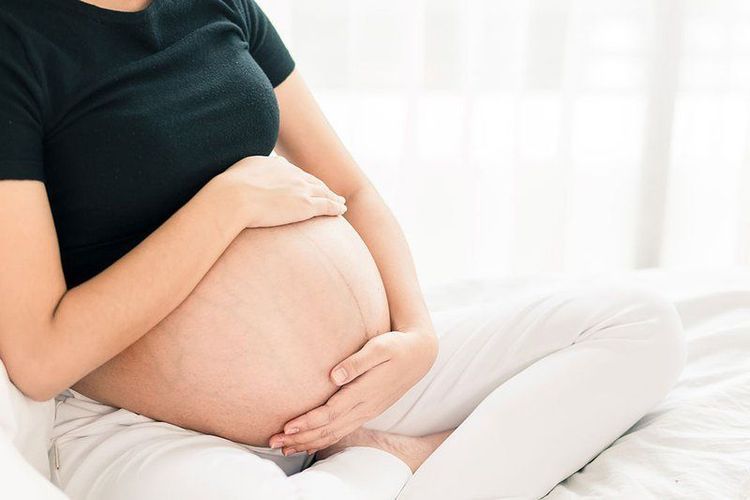
There are different treatments, and the method you use will depend on how severe your venous insufficiency is. Sometimes the best solution is a combination of techniques. If your varicose veins are causing your symptoms or your specialist determines that circulation in your legs is impaired, your insurance may cover the necessary consultation and treatments, Procedures performed for cosmetic reasons will not be covered by insurance.
4. Is venous insufficiency serious?
Varicose veins can be itchy or painful, and they can be unsightly, but they are generally harmless in the short term. But for some women - who have circulation problems that don't improve on their own after pregnancy and aren't treated afterwards - the condition can progress over time. Ultimately, it can lead to serious problems like swelling, skin changes, leg ulcers, bleeding, enlarged superficial veins, thrombophlebitis, deep vein thrombosis...One A small percentage of people with varicose veins develop small blood clots near the surface of the skin (a condition called superficial vein thrombosis). As this type of blood clot develops, the vein may feel hard and rope-like, and the area around it may become red, hot, and painful to the touch. These blood clots are rarely serious, but remember to talk to your doctor for timely treatment.
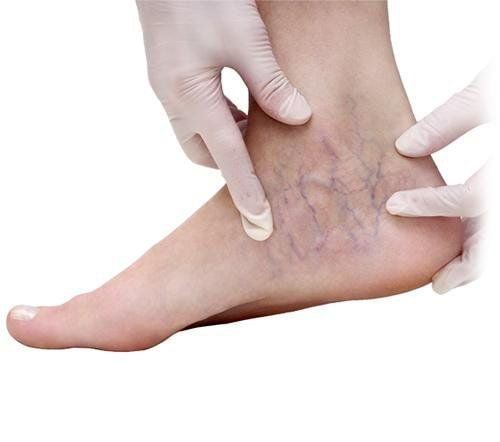
Don't confuse superficial vein thrombosis with a serious condition called deep vein thrombosis, in which blood clots develop in the veins. deep veins, usually in the legs. Pregnancy makes you more susceptible to deep vein thrombosis whether you have varicose veins or not, but it's uncommon. This rate during pregnancy or in the weeks after you give birth is about 1 in 1,000. (Women with clotting disorders or prolonged bed rest are at higher risk.)
Deep vein thrombosis may have no symptoms, or you may experience sudden painful swelling, pain in your ankles, legs and thighs. It may be more painful when standing or flexing the leg, and you may also have a low-grade fever. If you notice any of these symptoms, call your doctor right away.
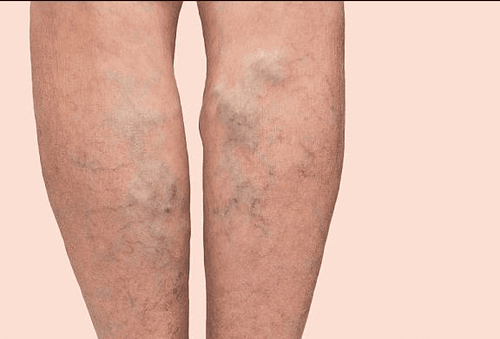
Periodic health check-ups help to detect diseases early, so that there are treatment plans for optimal results. Currently, Vinmec International General Hospital has general health checkup packages suitable for each age, gender and individual needs of customers with a reasonable price policy.
Results of the patient's examination will be returned to the home. After receiving the results of the general health examination, if you detect diseases that require intensive examination and treatment, you can use services from other specialties at the Hospital with quality treatment and services. outstanding customer service.
Please dial HOTLINE for more information or register for an appointment HERE. Download MyVinmec app to make appointments faster and to manage your bookings easily.
Reference source: babycenter.com
